Manchester Blacksmith Shop A Living Link to the Past
Every year, on the same day as the Chicken Broil, another Manchester institution awakens from slumber. The iconic Blacksmith Shop on Main Street, owned by the Manchester Area Historical Society, is opened and staffed by local blacksmiths who happily give demonstrations of the centuries old shop space that is decked out with all of its original tools, one of its original forges, and an accommodating seating area for guests. It's a subdued affair, and many in Manchester miss it (as has this reporter for many years). But when walking home from the broil, when the weather is so pleasant as to invite strolling (rather than marching through the heat as in years past), the blacksmith shop is an inviting surprise.
This year the shop was staffed by Carl Curtis, president of the Historical Society, who acted as docent of the event. Working the shop itself was a team of local smiths including senior smith Tim Armentrout (who will happily bend your ear about the long history of the preservation of the craft of blacksmithing). Along with Tim are Joey Vigilante, Luke March, Nathan Klump and Alex Gleason.
Built in 1877 by William Neebling for use as a "wagon factory", the blacksmith shop crafted carriages, sleighs, wagons and other vehicles. Horses were shoed, tools were crafted, and the metal work needs of the community were served. The brick building that stands today was itself built by Neebling to replace a still older frame structure. While there is now a standard door in the front, originally the whole opening in the brick was used as a door so that vehicles made in the shop could be rolled directly out to the customer, and when horses came to be shoed, they could be walked directly into the shop for their fitting. Adjustments to the shoe could made at the forge, while the animal waited only steps away.
There were originally three forges working away every day, but today only the center forge remains.
Neebling turned the building over to Theodore Morscheuser (say "mush-hy-zer") in 1909. John Schneider became sole proprietor in 1922 and used the building as a blacksmith shop until 1952. After his death it stayed in his family and for a time was used for storage by his son-in-law, "Chick" Kirk. In 1977 the Schneiders sold the building to Don Limpert who restored it and also used it as a woodworking shop. Don sold the building to the Historical Society in 1982.
The back room of the shop was originally used for woodworking, and it was where necessary parts for the wagons and carriages were crafted by artisans using machines powered by an overhead belt drive shaft. When the Historical Society took possession of the shop, they used the back room as a meeting room with storage areas for materials and artifacts. Governor John Swainson, who came to Manchester in his retirement and was an enthusiastic society member, called the back room the '1983' room. The forge room at the front of the building, known as the '1883' room, was left largely as it was. The installation of some permanent and temporary display areas allowed the '1883' room to serve as a museum. The Society's meetings were held here from 1983 until 2003. In 2003 the society’s regular meeting site was moved to the Village Room at Manchester Village Hall. In 1993 the exterior of the building was restored and a new roof installed.
In 1995 the '1983' room was remodeled into the John B. Swainson Room in honor of the late Gov. Swainson and the '1883' room was partially restored to a blacksmith shop/carriage factory. Because of limited interest in the Swainson Room it was decommissioned in 2004 and the room was converted to the society’s corporate office and Board Room. The Board Room has storage facilities for archives and some artifacts as well as work space for preparation of displays.
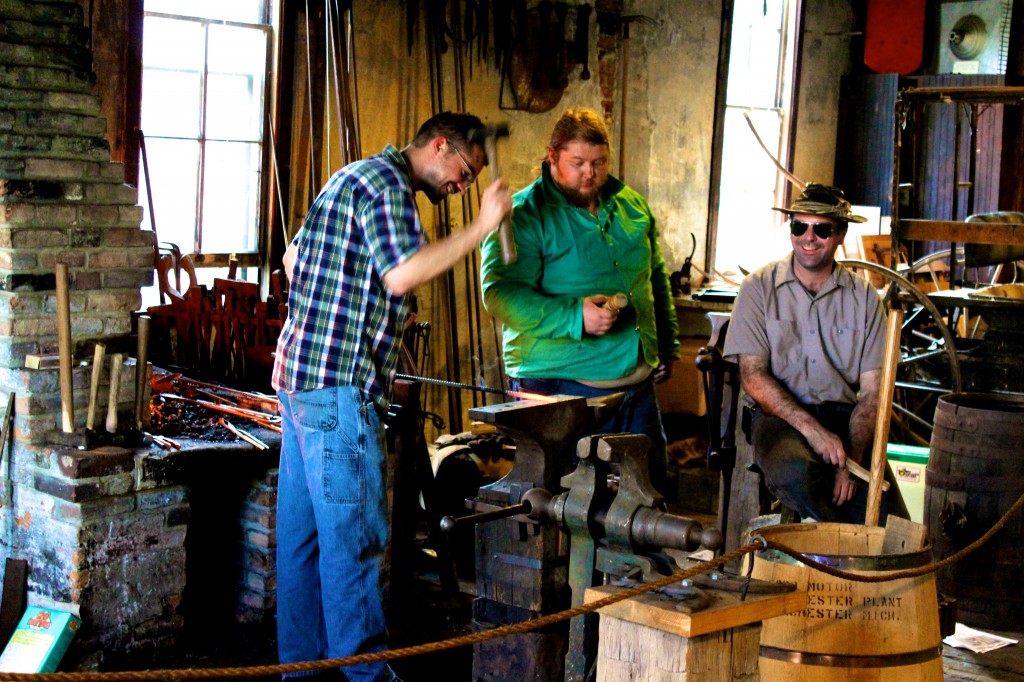
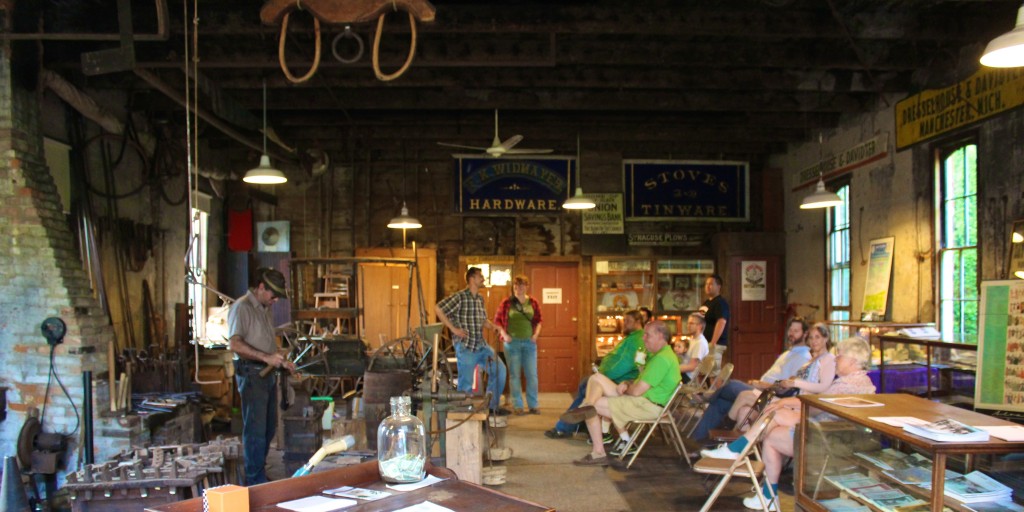
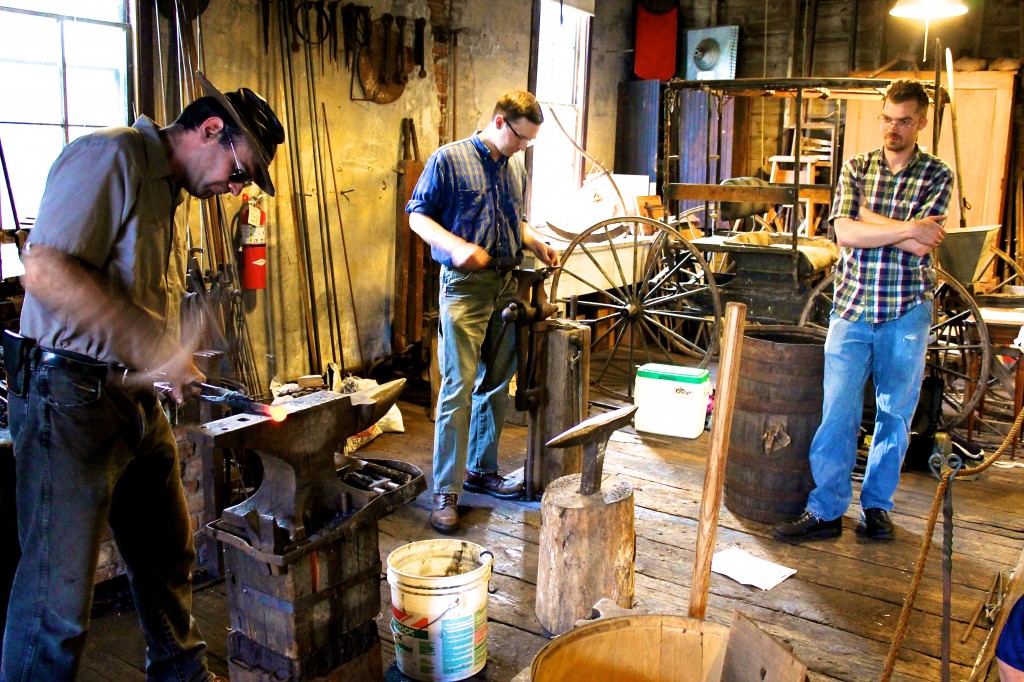
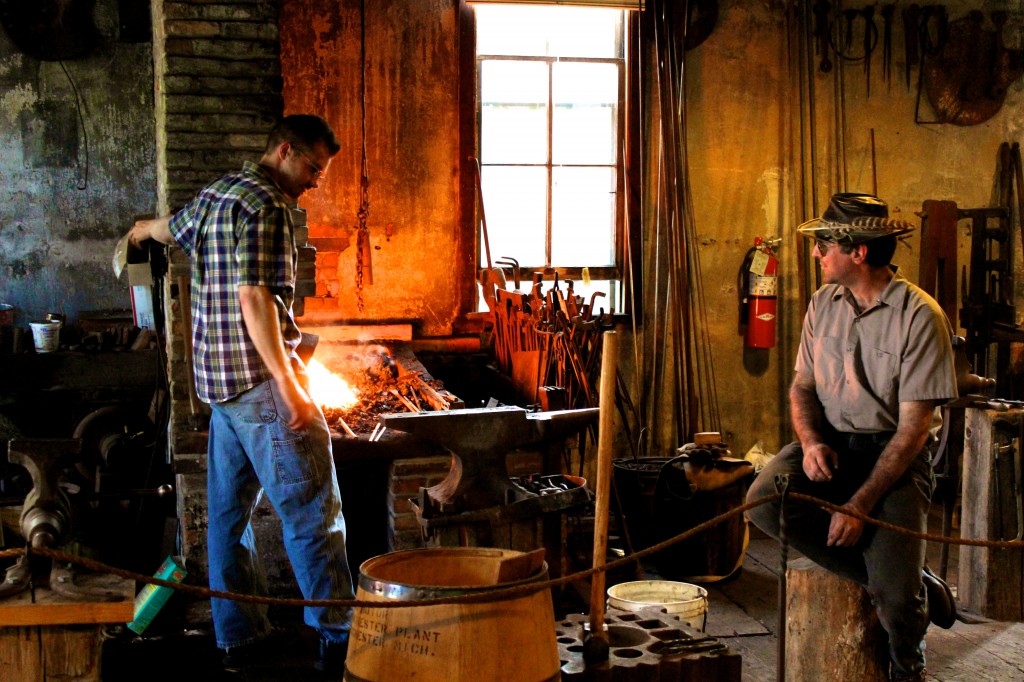
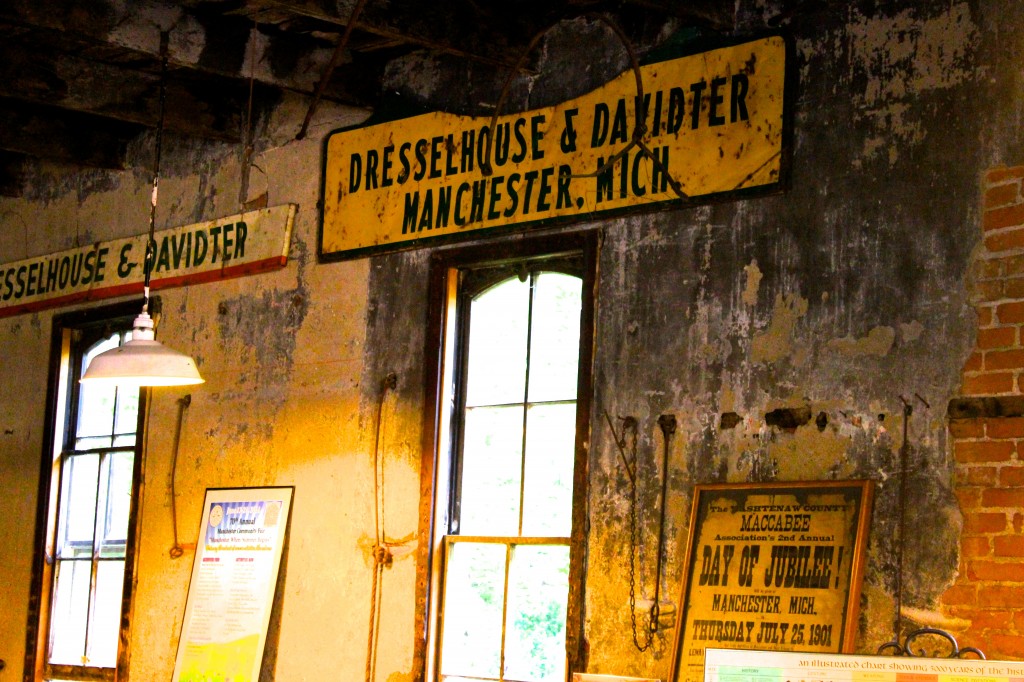
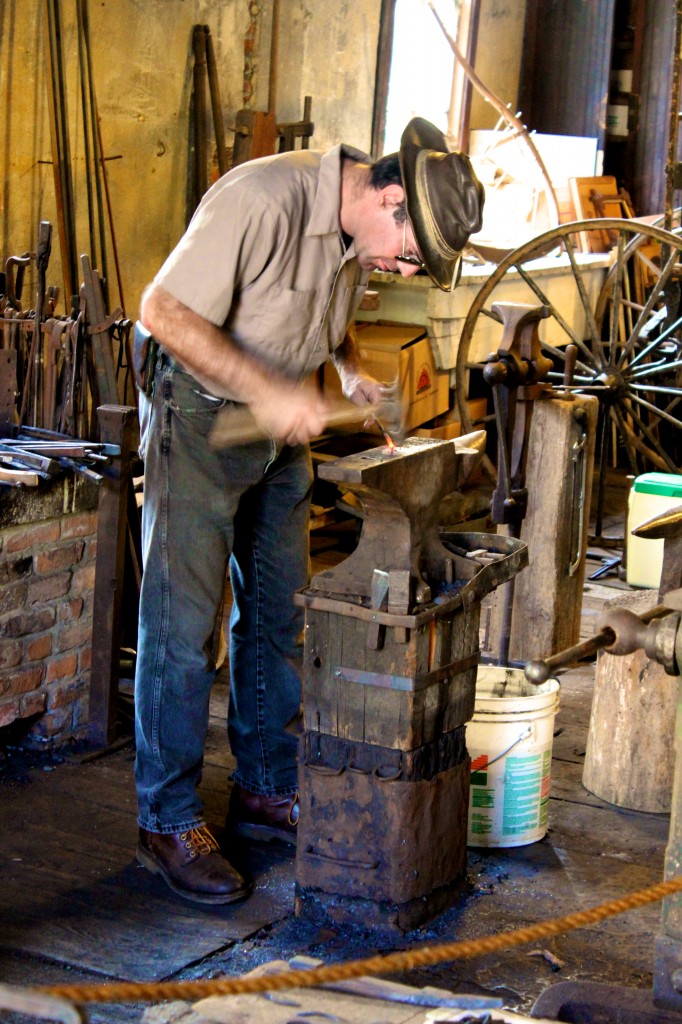
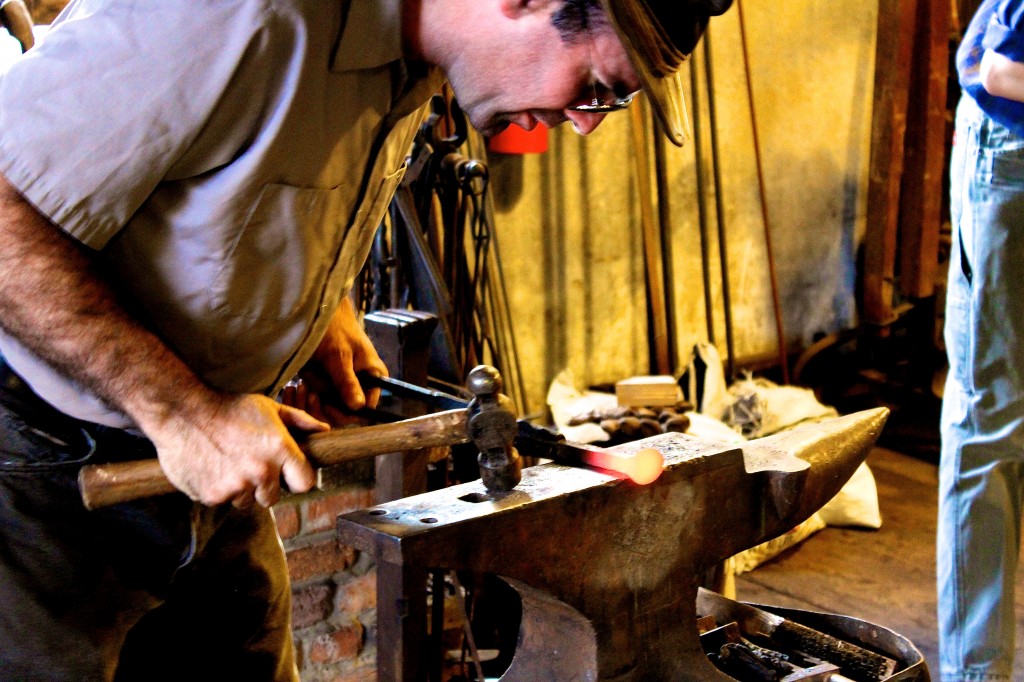
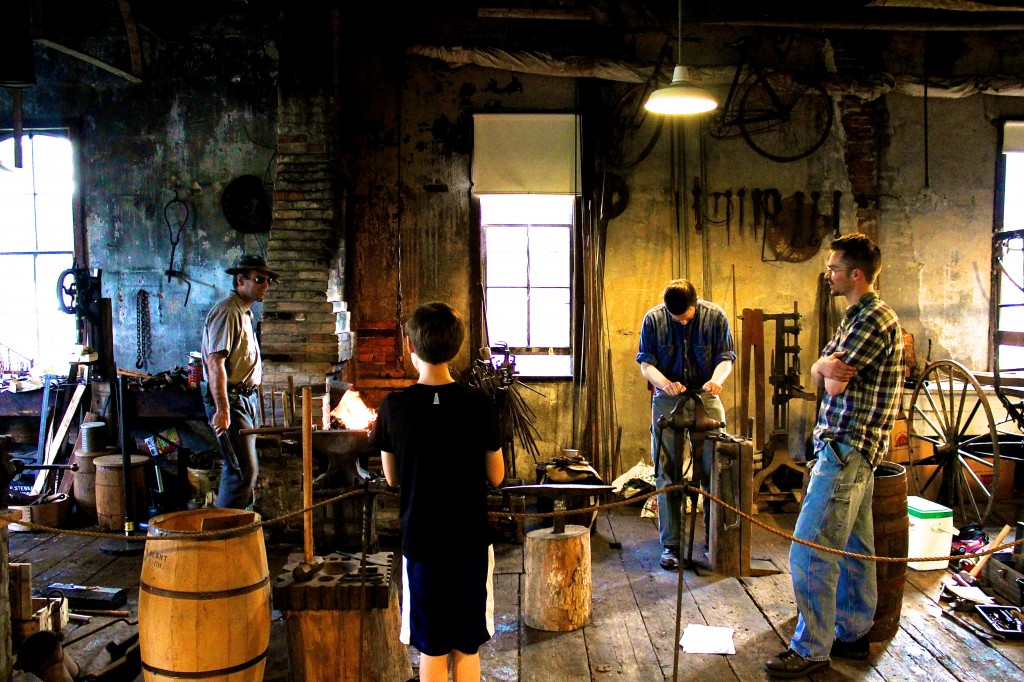
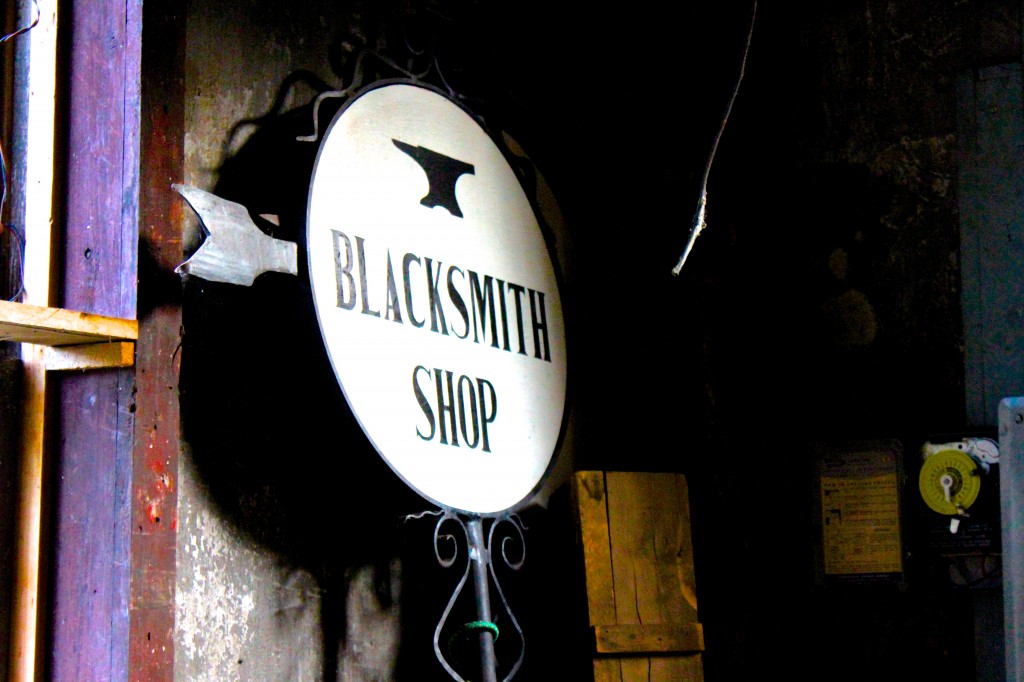








You must be logged in to post a comment Login